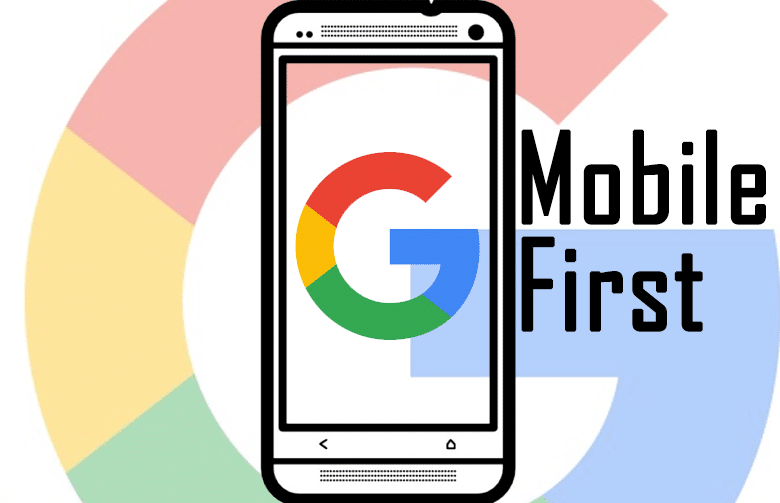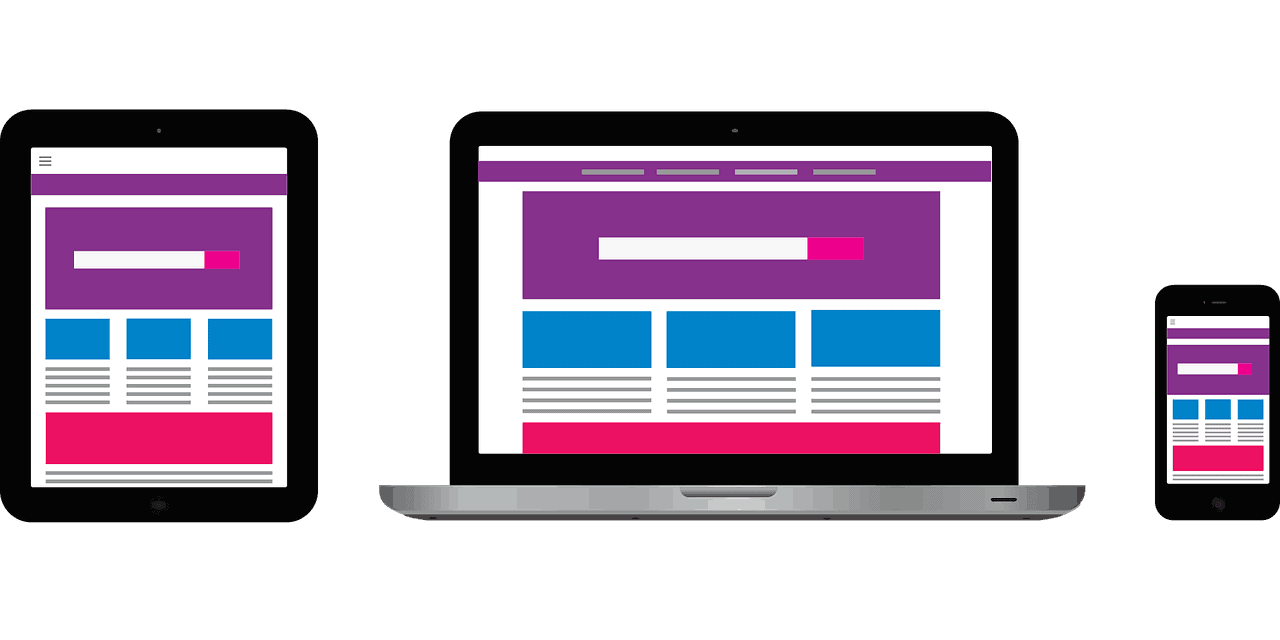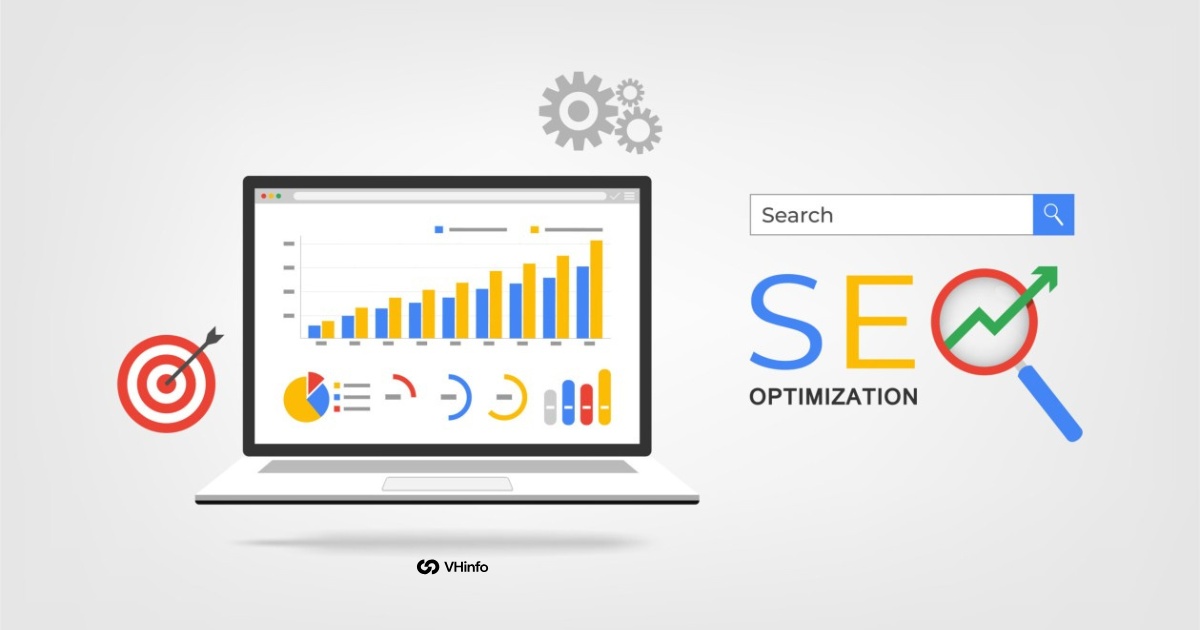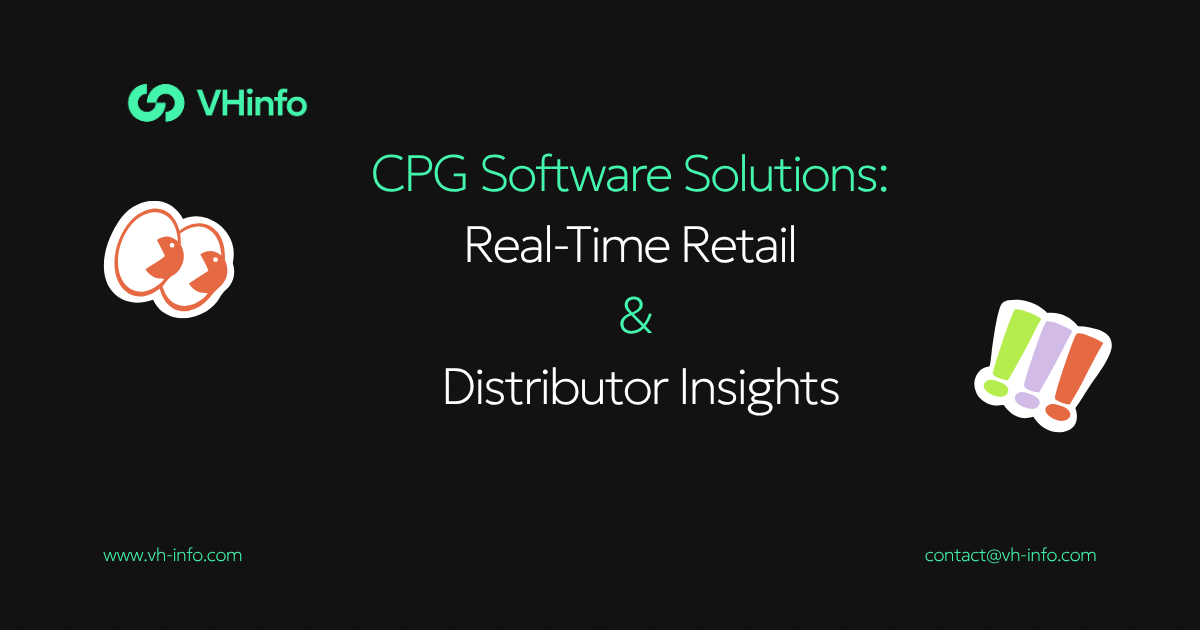In today’s mobile-centric digital landscape, having a mobile-friendly website is no longer optional—it’s a necessity. With the majority of internet users accessing websites through their smartphones, Google has shifted its focus to mobile-first indexing.
As a SaaS company, understanding and optimizing for mobile-first indexing is important for improving your search engine rankings and providing a seamless user experience for your mobile visitors.
What is Mobile-First Indexing?

Mobile-first indexing is a process where Google predominantly uses the mobile version of a website’s content for indexing and ranking in search results. This means that Google’s crawler, Googlebot, will primarily use the mobile version of your site to determine its relevance and ranking position.
What Does Mobile-First Indexing Mean For SEO?

Mobile-first indexing has a significant impact on search engine optimization (SEO) because it prioritizes the mobile version of your website over its desktop counterpart. If your site isn’t optimized for mobile devices or lacks a mobile version altogether, it may experience a drop in search engine rankings, making it harder to achieve higher rankings, even if your desktop site is well-optimized.
How Does Mobile-First Indexing Work?

When a site has separate URLs for desktop and mobile, Google’s indexing system will look at the mobile page instead of the desktop page for information. For responsive websites that adjust their content based on screen size, there will be no change in the indexing process.
Why is Mobile-First Indexing Important?

Mobile first Indexing is important because of the following reasons:
- Improved Search Engine Rankings: Prioritizing mobile-friendly websites, Google aims to provide the best possible user experience for its mobile users. Sites that are well-optimized for mobile devices are more likely to rank higher in search results, leading to increased visibility and organic traffic.
- Competitive Advantage: With the growing dominance of mobile internet usage, having a mobile-optimized website gives you a competitive edge over businesses that haven’t adapted to this shift. Providing a seamless mobile experience can help you attract and retain more customers, ultimately driving growth for your SaaS company.
- Improved User Experience: Mobile-first indexing encourages website owners to focus on creating a user-friendly mobile experience. Optimizing your site for mobile devices ensures that your visitors have a positive interaction with your brand, reducing bounce rates and increasing engagement.
How to Enable Mobile-First Indexing?

To enable mobile-first indexing, ensure that your website follows best practices for mobile optimization:
- Use responsive web design to ensure your content adapts to different screen sizes.
- Maintain consistency in content and metadata across desktop and mobile versions.
- Optimize page load speeds for mobile devices.
- Ensure Googlebot can access and render your mobile content.
How to Fix Mobile Indexing Issues?
To fix Mobile Indexing issues follow these steps:
Check For Mobile-Friendliness
In today’s world, mobile phones are important for Google search. Your website must work well on mobiles. As a site owner, think like a mobile user. Is your text easy to read? Can users navigate easily? Does your content display properly?
Google offers the Mobile-Friendly Test tool. Enter your site’s URL to check its mobile-friendliness. Fix any issues found to enhance user experience and SEO rankings. Running these tests periodically is essential after significant updates for a seamless user experience and keeping up with digital trends.
Run a Site Audit
A website check is important to maintain site health and visibility on search engines. It involves examining technical aspects, content, and external factors. Picture it as a check-up identifying issues impacting performance and Google’s view of your site.
During the check-up, you’ll review various areas like page accessibility, site structure, data optimization, and backlink quality. The focus is on identifying any barriers that Google may encounter while navigating your site.
Fixing these problems improves site layout, content delivery, and Google’s ability to navigate. This boosts SEO rankings, enhances user experience, and strengthens online presence.
How Do I Improve & Optimize For Mobile-First Indexing?

Optimizing your website for mobile-first indexing is more than just making it look nice on small screens. You also have to think about the technical details and follow Google’s best practices to give users a smooth experience.
- Structured Data: Ensure that structured data is present on both desktop and mobile versions of your site. Use the same structured data markup across both versions to maintain consistency.
- Use Responsive Design: Implement responsive web design to ensure your content adapts seamlessly to different screen sizes and devices. This approach eliminates the need for separate mobile URLs and ensures a consistent user experience.
- Optimize Page Speeds: Improve your mobile page load times by compressing images, leveraging browser caching, and minimizing code. Fast-loading pages not only improve user experience but also contribute to higher search engine rankings.
- Googlebot Accessibility: Ensure that Googlebot can access and render your mobile content. Avoid blocking CSS, JavaScript, or images in your robots.txt file, as this can hinder Googlebot’s ability to properly index your mobile site.
- Prioritize Mobile Parity: Maintain content parity between your desktop and mobile sites. Avoid serving less content on your mobile version, as this can negatively impact your search rankings.
- Visual Content ‒ Images: Optimize images for mobile devices by compressing them and using appropriate alt text. Ensure that images are easily viewable on smaller screens and contribute to a positive user experience.
- Visual Content – Videos: Ensure that videos are playable on mobile devices and don’t rely on Flash or other unsupported formats. Consider using responsive video embeds that adapt to different screen sizes.
- Run Mobile-Friendliness Tests: Regularly run mobile-friendliness tests using tools like Google’s Mobile-Friendly Test and PageSpeed Insights. These tools will help you identify and fix any usability issues affecting your mobile site.
What Are The Most Common Mistakes With Mobile-First Indexing?

- Inconsistent content across devices: Ensure all content (text, images, videos) available on desktop is also accessible on mobile to maintain content parity and rankings.
- Blocking CSS, JavaScript, or images: Avoid blocking these essential elements, as they are important for search engines to understand and render your mobile site correctly.
- Poor mobile usability: Implement user-friendly mobile designs with large touch elements, easy navigation, and minimal intrusive interstitials to enhance user experience.
4 Free Mobile-First Indexing Auditing Tools

- Google Search Console: Use the URL Inspection Tool in Google Search Console to determine if your content is being crawled by Googlebot Smartphone. This will help you identify any mobile indexing issues.
- Rich Results Test: Google’s Rich Results Test provides insights into how Google interacts with your content. Use this tool to see how Google views your mobile content and detect any structured data issues.
- Chrome Developer Tools: Chrome Developer Tools offers a comprehensive suite of web development and debugging tools. Use it to simulate how your website looks on different mobile devices and identify mobile-specific issues.
- PageSpeed Insights: Google’s PageSpeed Insights tool evaluates both mobile and desktop versions of your site, offering insights into various aspects affecting performance. Use this tool to identify areas for improvement in your mobile site’s page speed and user experience.
FAQ’s:
Why is Google Moving to Mobile-First Indexing?
Google is moving to mobile-first indexing because the majority of users now access the internet primarily through mobile devices. Prioritizing mobile content, Google aims to provide the most relevant and user-friendly search results for its mobile users.
Does Mobile-First Indexing Affect My Rankings?
Yes, mobile-first indexing can affect your search engine rankings. If your mobile site is not optimized or lacks the same content as your desktop site, you may experience a drop in rankings. On the other hand, a well-optimized mobile site can lead to improved rankings and visibility.
How Often Should I Perform Mobile Usability Tests?
It’s recommended to perform mobile usability tests regularly, ideally every time you make significant changes to your website. However, running tests at least once a month can help you stay on top of any mobile usability issues and ensure your site remains optimized for mobile-first indexing.
Are There Now Two Indexers, One For Mobile and Another For Web?
No, there is only one index for both mobile and desktop content. With mobile-first indexing, Google primarily uses the mobile version of your content for indexing and ranking purposes. However, if you only have a desktop site, Google will still index and rank your content.
Conclusion
As Google continues to prioritize mobile-first indexing, SaaS companies must adapt their websites to provide an optimal mobile experience.
Understanding the implications of mobile-first indexing and implementing best practices for mobile optimization can help improve your search engine rankings, gain a competitive advantage, and provide a seamless user experience for your mobile visitors.
At VH Info, we specialize in helping SaaS companies navigate the complexities of mobile-first indexing and SEO.
Our team of experts can guide you through the process of optimizing your website for mobile devices, ensuring that your content is properly indexed and ranked by Google. Partnering with VH Info can help you stay ahead of the curve and drive sustainable growth for your SaaS business in the mobile-first era.



